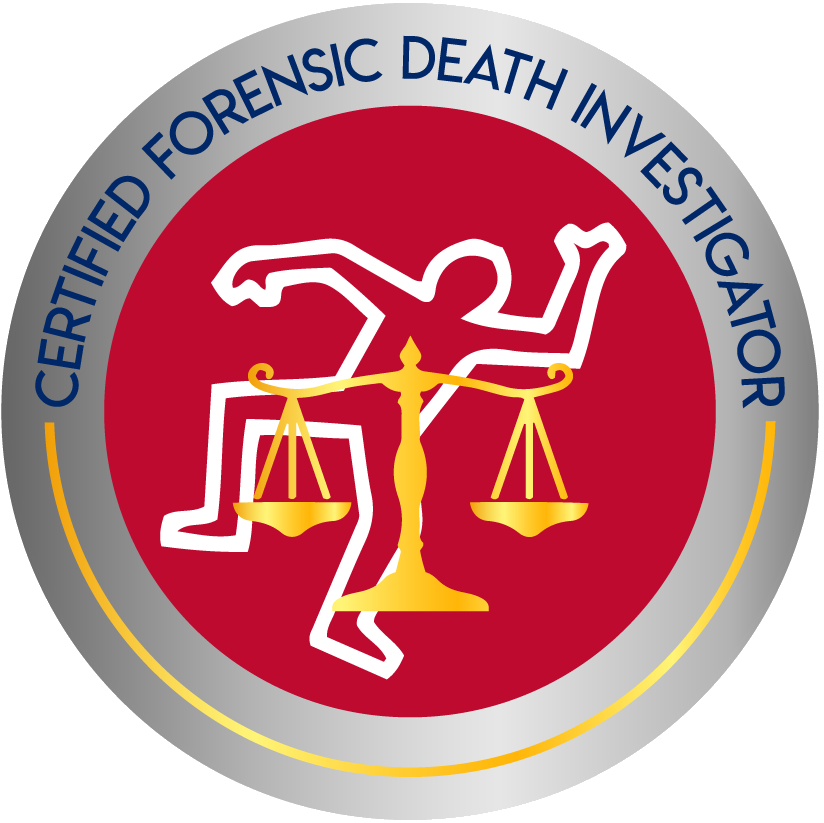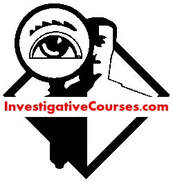We are frequently contacted by the media for commentary on current events related to legal investigations and death investigations. Recently we were contacted for commentary on a story, and presented two questions:
1. Marijuana is virtually never implicated the overdose deaths of Larimer County residents, and only twice in suicide deaths in 2012, and those people were also drunk. What has been our experience?
2. Prescription drugs have the imprimatur of safety because they come from a doctor, what can and should families be doing to protect themselves?
First, we are opposed to the legalization of marijuana. There are already experiences of unintended consequences, apparently unlearned from legalization of 'medical' marijuana. We do not dispute legitimate researched uses, but the latter was long abused and the former is already fraught with issues well known to surface. We have personally and professionally seen the tragedy and trauma attributed to marijuana use and addiction -- it is beyond the individual and marijuana; it is empirical of drug abuse, families and society.
-- Marijuana is virtually never implicated the overdose deaths of Larimer County residents, and only twice in suicide deaths in 2012, and those people were also drunk. What has been our experience?
No recorded cases of overdose deaths from marijuana have been found. However, marijuana use can cause accidents and medical problems that lead to death.
During our tenure at the MEs office, a decedent testing positive for marijuana – alone or with alcohol and other drugs – was so common as to be almost expected. We have not seen any recent statistics; however, we are aware that the use of other drugs – illicit and prescription – has increased. This should be of great concern.
Also during our tenure at the MEs office, as well as some limited civil and criminal cases in the private sector, we have had several cases of marijuana alone in a decedent or living involved person. This included several suicides, as well as operation of motor vehicles and either being killed or causing the death of another in the consequential collision or accident.
Prescription medications, like all regulated medications, are deemed safe only if used as directed by the prescribing physician. However, prescription medications can be addictive and have mind-altering side-effects. Prescription medications are easily taken and concealed, and seen as harmless because they are prescribed. However, deaths from prescription medication overdoses – in our experience – has never resulted from a patient following the prescription directives. Deaths have resulted from the illegal use of prescription medications. Like items we use and tasks we perform every day, safety is in the hands of the user. There are occasions of a reaction or side effect, and which have resulted in deaths; however, these are rare. The most common factors surrounding deaths due to prescription drug overdose are (not in any statistical order or relevance):
1. Taking of prescription medications by self-diagnosis and self-medication – illegal;
2. Taking of unprescribed medications – illegal;
3. Taking of prescription medications contrary to directives – illegal;
4. Taking of multiple unprescribed medications – illegal;
5. Taking of multiple prescribed medications contrary to of directives – illegal; and
6. Taking of medications with alcohol is contrary to directives.
Prescription medications are not the only concern – over-the-counter medications can also be fatal if taken contrary to directives, with other medications, unnecessarily or with alcohol. Being a prescription or over-the-counter medications is not automatically safe, or legal in their use, simply because they can be purchased at a store or pharmacy. Contrary to the ‘harmless’ campaign to legalize medical and recreational use of marijuana, the ability to purchase marijuana from a licensed seller does not make it any safer than before it was deemed legal.
To obtain a prescription medication requires a consultation with, and diagnosis by, a physician. Prescription medications are developed to treat specific diagnosis – some may require increasing dosages, which can lead to tolerance or addiction. A pharmacist will typically be able to check for any potential conflicting medications of the patient, as well as give directives and warnings about use and side effects. The prescriptions are tightly regulated, but there is no absolute.
Marijuana for medicinal use also requires a consultation with a physician and diagnosis of a variety of illnesses – from pain and nausea to seizures and glaucoma – for which medical marijuana is approved. The patient then goes to a licensed medical marijuana dispensary (not a pharmacy) where a person (with no related education, training or experience) will provide the patient the strain and dosage of their choice or by recommendation. The use is then a matter of legal self-diagnosis and self-medication. This is similar to homeopathic self-diagnosis and self-medication. We are not aware of any instance of a death as a result of homeopathic self-diagnosis and self-medication – either by use or consequence of use. The medicinal properties of marijuana can be extracted, sold and safely used as a homeopathic self-medication.
There are various unregulated strains of marijuana based on the active incredients, collectively called ‘cannabinoids’. The active ingredient causing the mind-altering high is tetrahydrocannabinol (THC). The remaining active ingredients do not make a person ‘high’: Cannabidiol (CBD), Cannabinol (CBN), and Cannabichromene (CBC). These remaining cannabinoids are not mind-altering and will not make a person high. It is these cannabinoids that research supports having medicinal properties.
The potency of marijuana is most often based on the level of THC, and .5% is all that is required to make a person high. The potency has doubled since 1998; an increase from under 5% in the 60s to 80s. Common marijuana for medical use potency is 15% or less, and can be over 25% for recreational use. Why the difference between the potency for medical and recreational use of marijuana? Simply because as THC potency increases, the active ingredients beneficial for medical use (by research) decreases to nil. However, the medicinal cannabinoids (by research) of marijuana are extracted – eliminating the user becoming high, something that most prescription analgesics do not do.
Like alcohol and many other available medications, marijuana is a depressant. A person with a mental illness, diagnosed or not, is more susceptible to misuse of alcohol and other depressant drugs. The use, particularly for an addictive personality, may become chronic and dangerous – even fatal. It is common for teens and young adults to have pharmacy parties – mixing drugs obtained from taking just a few pills from a relative’s prescriptions or buying from a friend – and consuming alcohol (often illegal by their ages). This is a very dangerous combination, and has been fatal in Larimer County and nationwide.
-- Prescription drugs have the imprimatur of safety because they come from a doctor, what can and should families be doing to protect themselves?
Like any other potentially dangerous product – from a hand tool to a vehicle or firearm – being properly informed and keeping the items from unintended persons is a personal responsibility. Parents may keep car keys from children, and firearms are responsibly stored safely and out of reach. Alcohol may be kept in locked liquor cabinets. Medications and other drugs are most often kept in easily accessed medicine cabinets, purses, dressers and other areas. Children are easily taught to keep away from unsafe products. However, children grow up and become both curious and irresponsible. Persons with medications and illicit or legal drugs must keep them safe and out of reach. A lock box is a good idea, and there are special medication lock boxes and cabinets. If we keep other dangerous items out of reach, and lock our valuables, why are we not doing the same with medications and legal or illicit drugs?
All medications and drugs – from prescription and over-the-counter to illicit – have side-effects and potentially unintended consequences. Regardless of the type of medication or drug, intended use, or source, there is a personal and societal responsibility.
Please read the newspaper article in the Fort Collins Coloradoan
A deadly habit: Prescription drugs leading cause of overdose deaths in Larimer County - Drugs kill dozens of Larimer County residents every year but not drugs you might think of. http://www.coloradoan.com/article/20140118/NEWS01/301180104/A-deadly-habit-Prescription-drugs-leading-cause-overdose-deaths-Larimer-County
This is a good article that hopefully better informs the public that prescription drugs are abused and potentially fatal. Look for a cameo quote from our agency.
-----
January 15, 2014
Dean A. Beers, CLI, CCDI and Karen S. Beers, BSW, CCDI
Colorado Licensed Private Investigators Nos. PI-503 and PI-502
Board Certified Legal Investigator / Expert
Board Certified Criminal Defense Investigators
Certified in Medicolegal Death Investigators / former Deputy Coroners
Associates in Forensic Investigations, LLC
Expert Consultants and Legal Investigators
Personal Injury, Negligence & Death in Civil, Criminal and Probate Litigation
www.DeathCaseReview.com ~ Associates@DeathCaseReview.com
(970) 480-7793 Office (Dean x1 / Karen x2) and (970) 480-7794 Fax
'Quaero Indicium' - To Find The Evidence


